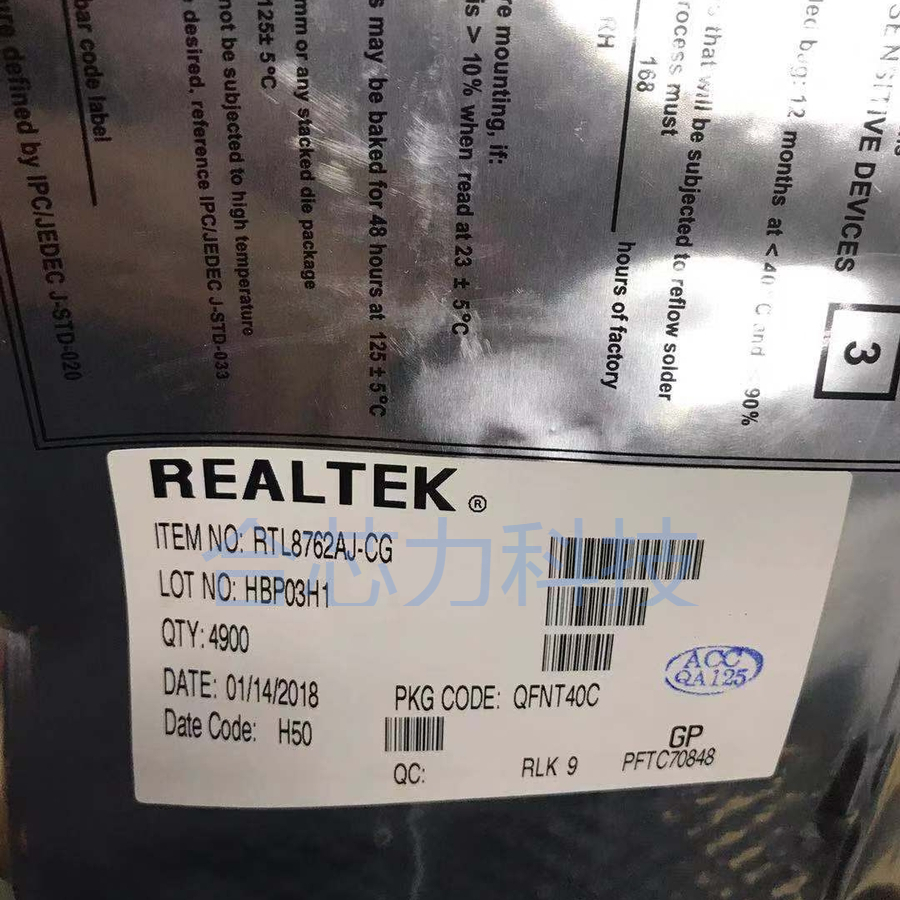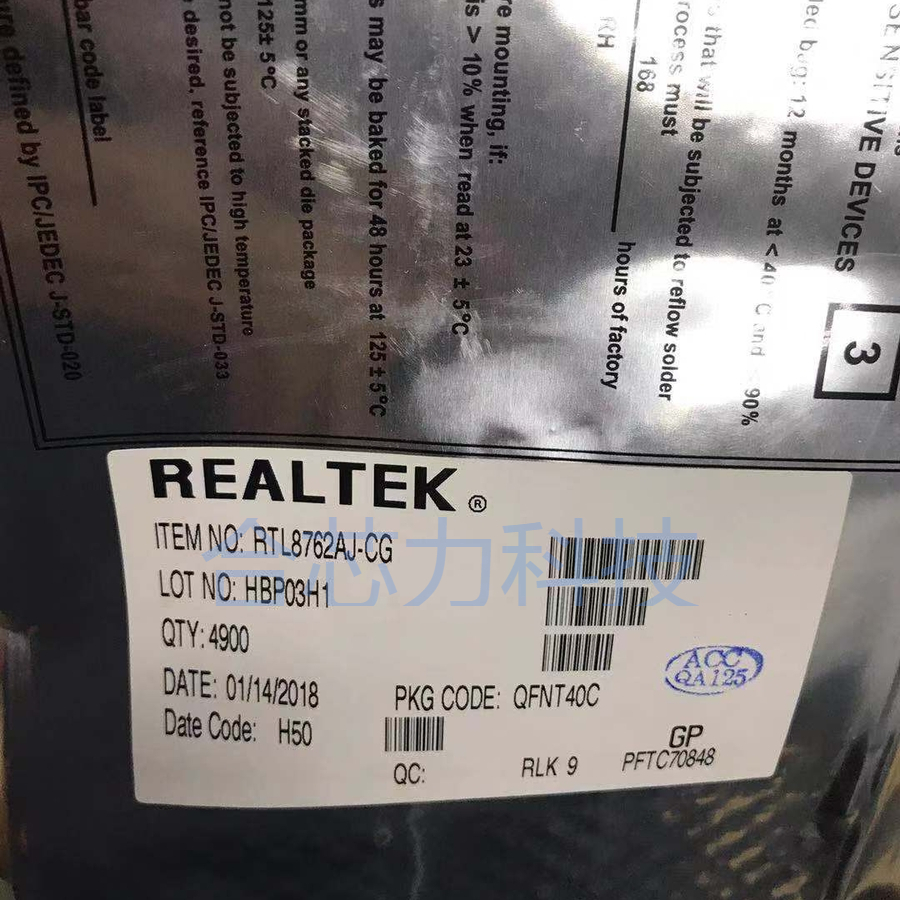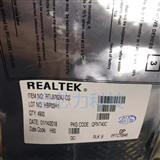- 非IC关键词
企业档案
- 相关证件:

- 会员类型:普通会员
- 地址:深圳市福田区振兴西路101号华匀大厦B座525
- 传真:0755-83262208
- E-mail:hexinli18@hotmail.com
产品分类
产品信息
RTL8762AJ-CG 蓝牙芯片 RTL8762AJ-CG 原装 RTL8762AJ-CG 现货
The RTL8762AG/RTL8762AR/RTL8762AJ/RTL8762AK (hereafter referred to as the RTL8762A) are
ultra-low-power system on-chip solutions for Bluetooth low energy applications that combines the
excellent performance of a leading RF transceiver with a low-power ARM® CortexTM-M0, 256KB eFlash,
80KB RAM, and rich powerful supporting features and peripherals.
The embedded ARM® CortexTM-M0 32-bit CPU features a 16-bit instruction set with 32-bit extensions
(Thumb-2® technology) that delivers high-density code with a small memory footprint. By using a
single-cycle 32-bit multiplier, a 3-stage pipeline, and a Nested Vector Interrupt Controller (NVIC), the
ARM® CortexTM-M0 CPU makes program execution simple and highly efficient.
In the RTL8762A, we support the Serial Wire Debug (SWD) interface provided as part of the Debug
Access Port (DAP), in conjunction with the Basic Branch Buffer (BBB). This offers a flexible and powerful
mechanism for non-intrusive program code debugging. Users can easily add breakpoints in the code and
perform single-step debugging.
The RTL8762A memory architecture (see Figure 1, page 2) includes 80KB of data RAM that can be
divided into three portions, e.g., 16KB for buffer RAM, 24KB for on-RAM, and 40KB for off-RAM.
Specifically, the available memory for APPs includes 9KB in on-RAM and 18KB in off-RAM. Each
on-RAM and off-RAM can be divided into static and dynamic areas. The area size can be adjusted via
eFUSE.
The on-RAM can maintain data when the system is in Deep Low Power State (DLPS) mode (Data in
off-RAM is lost when the system enters DLPS mode). The static area refers to the global variables in the
program. The dynamic area refers to the direct or indirect call of the OS’s pvPortMalloc allocated space,
such as xQueueCreate, xTaskCreate, etc.










